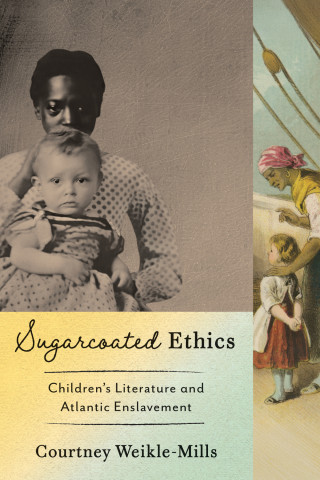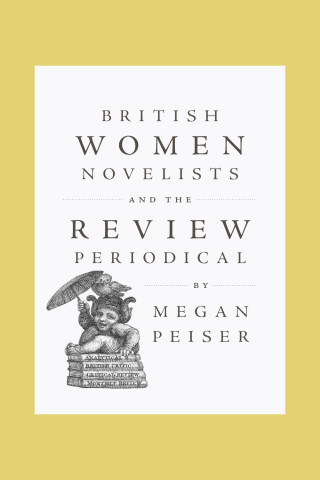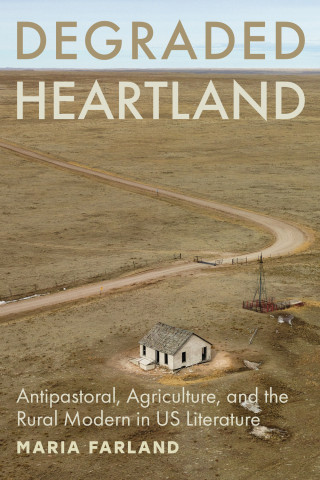
Book Details
Preface
Acknowledgments
Chapter 1. The Play and Place of Criticism
Part I. The Play of Criticism
Chapter 2. The Innocent Insinuations of Wit: The Strategy of Language in Shakespeare's Sonnets
Chapter 3
Preface
Acknowledgments
Chapter 1. The Play and Place of Criticism
Part I. The Play of Criticism
Chapter 2. The Innocent Insinuations of Wit: The Strategy of Language in Shakespeare's Sonnets
Chapter 3. The Dark Generations of Richard III
Chapter 4. The "Frail China Jar" and the Rude Hand of Chaos
Chapter 5. "Dover Beach" and the Tragic Sense of Eternal Recurrence
Chapter 6. The Marble Faun and the International Theme
Chapter 7. From Youth to Lord Jim: The Formal-Thematic Use of Marlow
Chapter 8. The Ekphrastic Principle and the Still Movement of Poetry; or Laokoon Revisited
Part II. The Place of Criticism
Chapter 9. The Disciplines of Literary Criticism
Chapter 10. Joseph Warren Beach's Modest Appraisal
Chapter 11. Contextualism Was Ambitious
Chapter 12. Contextualism and the Relegation of Rhetoric
Chapter 13. Critical Dogma and the New Critical Historians
Chapter 14. Platonism, Manichaeism, and the Resolution of Tension: A Dialogue
Chapter 15. Northrop Frye and Contemporary Criticism: Ariel and theSpirit of Gravity
Chapter 16. The Existential Basis of Contextual Criticism
Index






